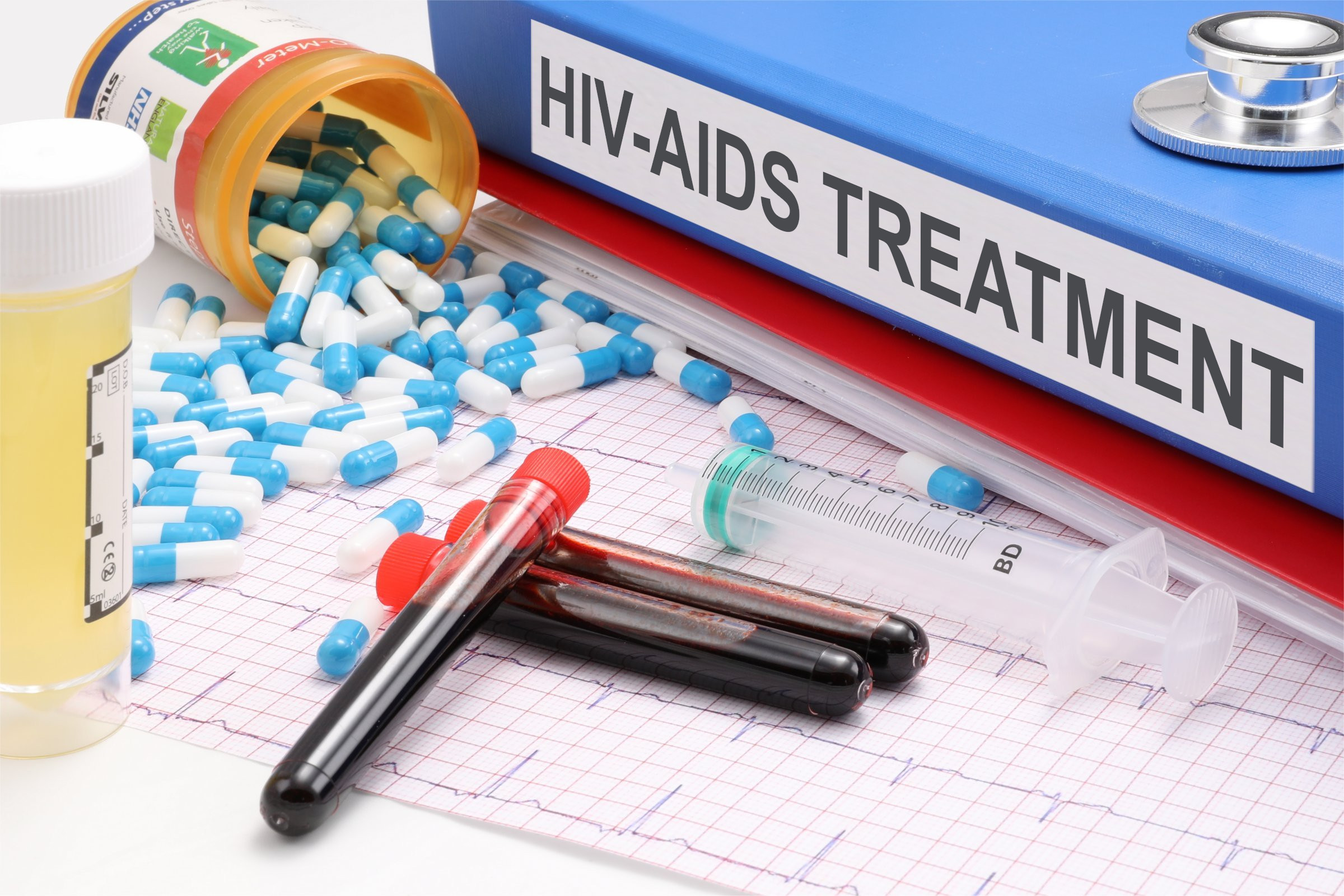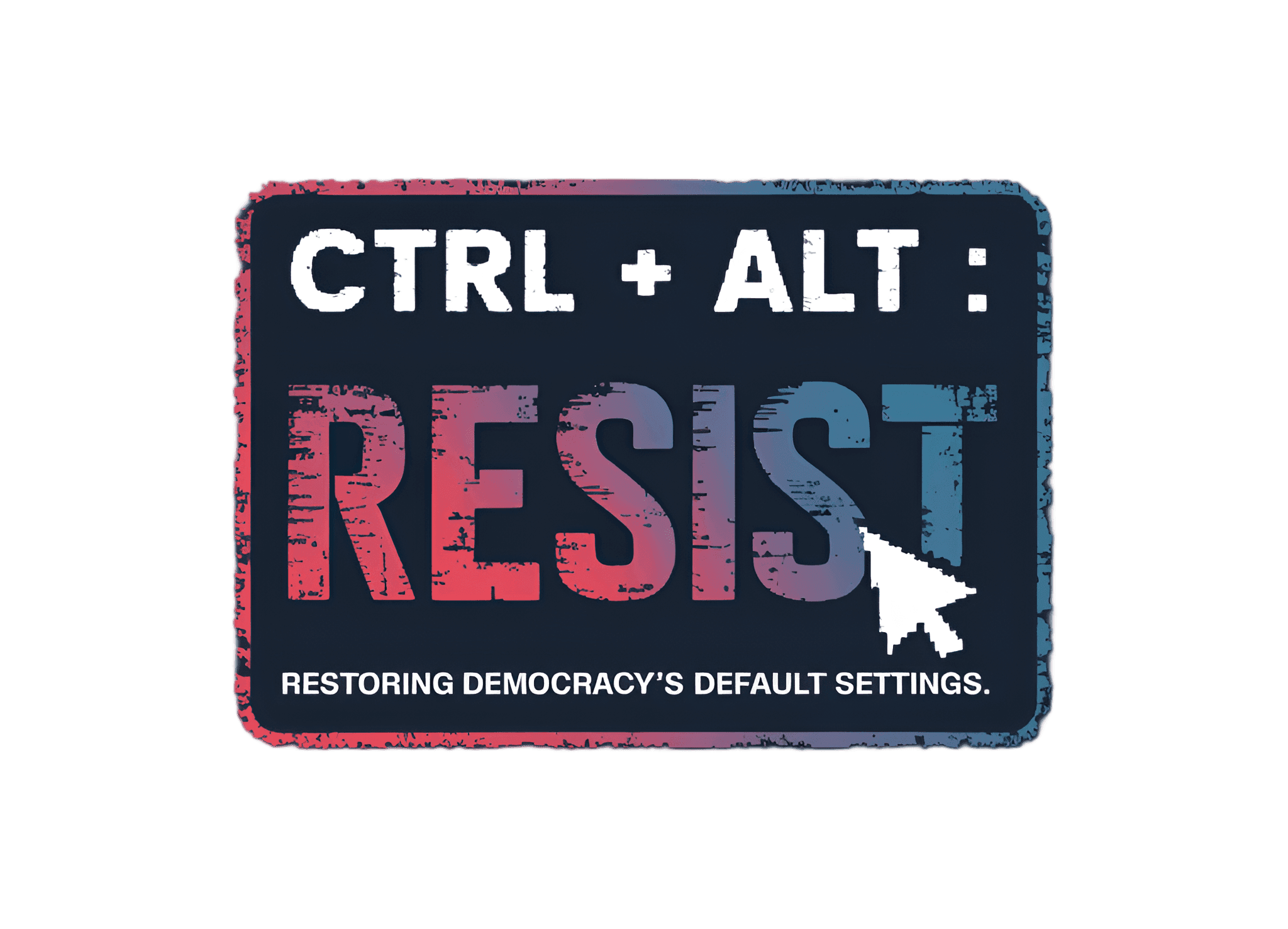
Health Experts Warn Against Potential Restructuring of CDC’s HIV Prevention Programs
Jump to:
Administration Proposal Raises Alarm Throughout Public Health Sector
The Trump administration is considering a significant restructuring of the national HIV prevention landscape that would eliminate the Centers for Disease Control and Prevention’s dedicated HIV prevention division, according to multiple sources familiar with the proposal. The plan, still in preliminary stages, would potentially transfer these critical public health responsibilities to the Health Resources and Services Administration (HRSA), fundamentally altering how the federal government approaches HIV prevention strategy.
While specific details remain limited, the proposal has already generated substantial concern among public health professionals, HIV/AIDS advocacy organizations, and former government officials who have devoted decades to addressing the epidemic. Many experts view this potential reorganization as a dramatic shift that could threaten the specialized prevention infrastructure developed since the early days of the AIDS crisis.
“Any proposal to dismantle or significantly restructure the CDC’s HIV prevention work threatens to undermine decades of progress and expertise,” said Dr. Michelle Thompson, former director of HIV prevention programs at the CDC. “The division’s institutional knowledge and specialized prevention focus cannot simply be transferred without significant disruption to ongoing initiatives.”
Historical Context and Critical Role of CDC’s HIV Prevention Programs
The CDC’s HIV prevention division emerged in response to the AIDS crisis of the early 1980s, establishing itself as the foremost authority on tracking infection rates, identifying transmission patterns, and developing evidence-based prevention strategies. Over four decades, this division has built comprehensive surveillance systems, implemented targeted interventions for high-risk populations, and developed crucial partnerships with state and local health departments across the country.
These programs have contributed significantly to recent public health achievements, including a marked decline in new HIV infections among those aged 13-24, one of the most vulnerable demographic groups. Experts attribute these gains directly to the CDC’s specialized focus on prevention science and behavior-change strategies that differ fundamentally from treatment-focused programs.
The division currently manages approximately $755 million in annual funding dedicated specifically to HIV prevention efforts, supporting vital initiatives including free testing programs, educational campaigns, and pre-exposure prophylaxis (PrEP) access programs that have demonstrably reduced transmission rates in multiple communities.
“The CDC’s prevention infrastructure represents decades of institutional knowledge and specialized expertise that cannot be replicated quickly,” explained Jesse Milan, CEO of AIDS United. “Every new HIV infection costs approximately $500,000 in lifetime medical expenses. Disrupting effective prevention programs isn’t just a public health concern—it’s fiscally irresponsible.”
Fundamental Differences Between Prevention and Treatment Approaches
Critics of the proposal emphasize the significant distinction between the CDC’s prevention-focused mission and HRSA’s treatment-centered expertise. While HRSA manages the Ryan White HIV/AIDS Program, which provides vital services to approximately 550,000 people already living with HIV, its infrastructure and expertise are not designed for preventing new infections or conducting epidemiological surveillance.
Public health experts stress that prevention science requires fundamentally different methodologies, personnel training, and community relationships than treatment programs. The specialized skills needed for developing behavioral interventions, tracking infection clusters, and implementing targeted prevention campaigns differ significantly from those required for managing treatment regimens or healthcare service delivery.
“HRSA does exceptional work supporting people living with HIV, but prevention and treatment require different expertise and infrastructures,” noted Harold Phillips of NMAC, formerly the National Minority AIDS Council. “The Ryan White program’s scope is explicitly limited to serving individuals with an HIV diagnosis—it’s not designed to prevent new cases from occurring.”
State health departments, which rely heavily on CDC guidance and funding for their local prevention efforts, have expressed particular concern about the proposal. Many state officials fear that dissolving the CDC’s dedicated prevention infrastructure could leave them without crucial technical support, surveillance tools, and prevention resources they currently depend on to manage local HIV outbreaks and prevention campaigns.
Financial and Human Costs of Potential Prevention Gaps
Health economists and public health experts warn that any disruption to prevention efforts could have severe long-term consequences, both in human and financial terms. According to the CDC, approximately 35,000 new HIV infections still occur annually in the United States, despite significant progress in recent years. Each new infection represents not only a preventable health crisis for an individual but also substantial medical costs over a lifetime.
Studies from the National Institutes of Health indicate that lifetime treatment costs for a single HIV infection now exceed $500,000, even with recent advancements in antiretroviral therapy. This translates to potential additional healthcare expenditures in the billions if prevention efforts falter and infection rates increase.
Of particular concern is the potential impact on communities already disproportionately affected by HIV, including Black and Latino populations, men who have sex with men, and transgender individuals. These communities have benefited significantly from targeted CDC prevention efforts, which experts fear could be disrupted or deprioritized during any major reorganization.
“We’ve made remarkable progress in reducing HIV disparities, but that progress remains fragile,” said Dr. James Rodriguez, epidemiologist and public health researcher at the University of California. “Dismantling specialized prevention infrastructure puts vulnerable communities at particular risk and threatens to undo years of hard-won gains.”
Administration Response and Ongoing Review
When questioned about the proposal, Andrew Nixon, a spokesperson for the Department of Health and Human Services, emphasized that no final decisions have been made, characterizing the discussions as part of a broader administrative review focused on improving efficiency and effectiveness across health agencies.
“The administration remains committed to ending the HIV epidemic and is continuously evaluating how to best organize federal resources to achieve that goal,” Nixon stated. “Any potential changes would be made with the intention of strengthening our response, not weakening it.”
Despite these assurances, advocacy organizations and public health professionals have begun mobilizing to oppose the proposed reorganization. Several groups are preparing detailed analyses of potential impacts and planning advocacy campaigns to highlight the critical nature of maintaining specialized prevention infrastructure.
Looking Forward: Implications for HIV Prevention Strategy
As discussions about the proposal continue, stakeholders emphasize the importance of maintaining continuity in HIV prevention efforts that have proven successful. The CDC’s “Ending the HIV Epidemic” initiative, launched in 2019, set ambitious targets for reducing new infections by 90% by 2030—goals that many fear could be jeopardized by major structural changes.
Public health experts note that any reorganization would require careful planning to avoid disrupting critical prevention activities, including surveillance systems that track new infections, grant programs that fund local prevention efforts, and technical assistance that supports state and local health departments in responding to outbreaks.
With the proposal still under review, advocates urge strengthening rather than dismantling existing prevention infrastructure, emphasizing that decades of progress against HIV could be at risk if specialized prevention expertise is lost during organizational restructuring.
What are your thoughts on this issue? Join the conversation below.



